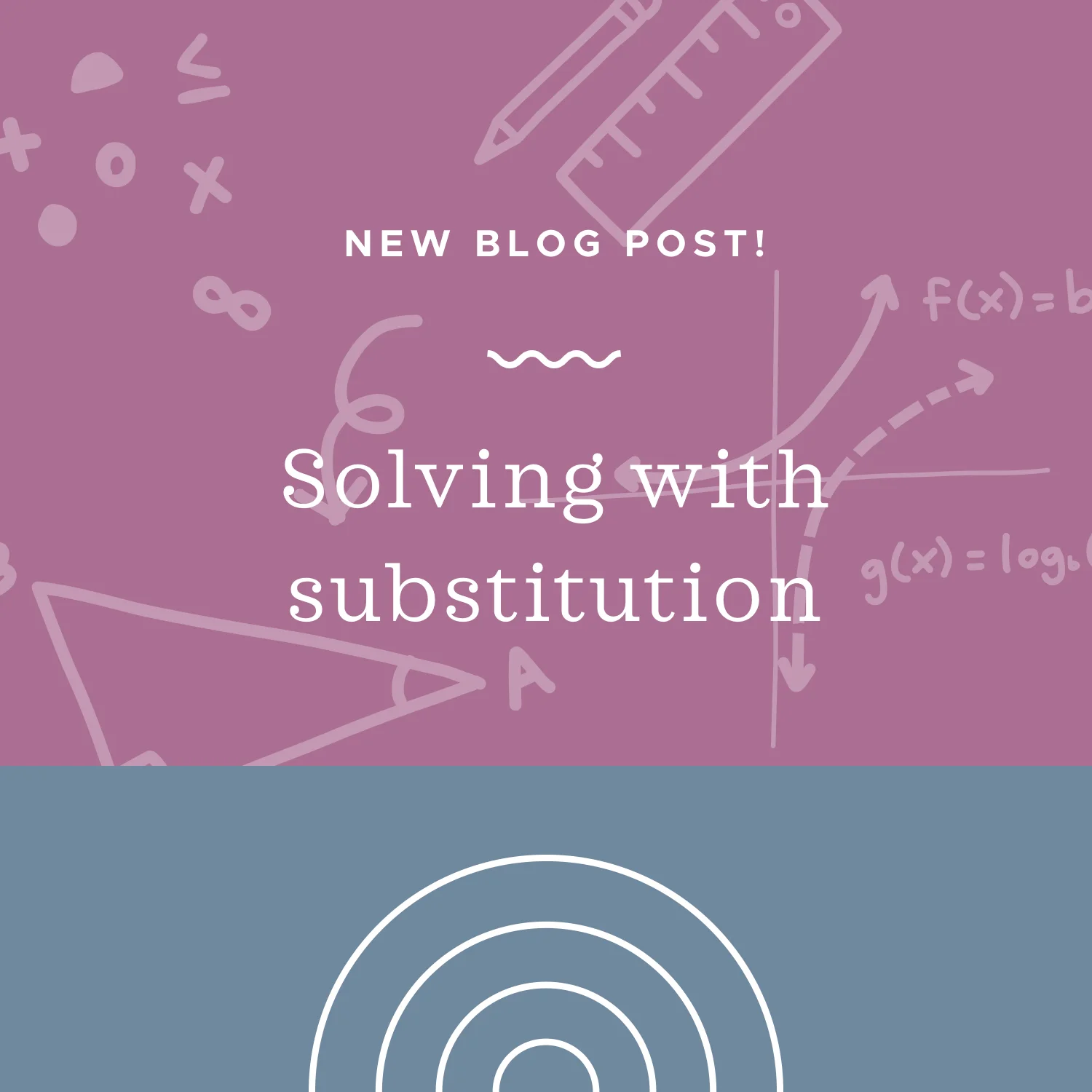As we’ve seen in previous lessons, the simplest way to evaluate a limit is to substitute the value we’re approaching into the function. Because it’s the easiest and fastest method, we should always try substitution first. But substitution won’t always work.
Read MoreQuadratic functions are functions in the form ax^2+bx+c=0. Integrating functions that include a quadratic can sometimes be a little difficult. There are three methods we’ll use to evaluate quadratic integrals: substitution, partial fractions, and trigonometric substitution. You should try using these techniques in the order listed above, because substitution is the easiest and fastest, and trigonometric substitution is the longest and most difficult.
Read MoreU-substitution in definite integrals is just like substitution in indefinite integrals except that, since the variable is changed, the limits of integration must be changed as well. If you don’t change the limits of integration, then you’ll need to back-substitute for the original variable at the end.
Read MoreThere are three ways to solve systems of linear equations: substitution, elimination, and graphing. Substitution will have you substitute one equation into the other; elimination will have you add or subtract the equations to eliminate a variable; graphing will have you sketch both curves to visually find the points of intersection.
Read MoreMost integrals need some work before you can even begin the integration. They have to be transformed or manipulated in order to reduce the function’s form into some simpler form. U-substitution is the simplest tool we have to transform integrals.
Read More






